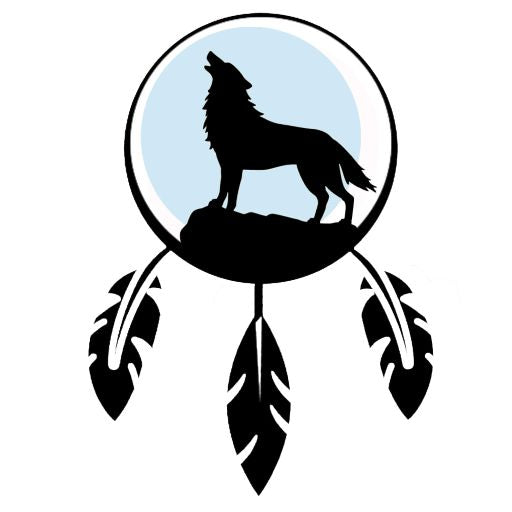How can I tell if I am indigenous?

Asking the question "Am I Indigenous?" is natural for those who want to better understand their origins. However, Indigenous identity is not simply a matter of personal choice or curiosity: it is based on family ties, recognition by a community, and a genuine cultural connection.
This article will guide you through the different steps to explore your roots, verify your belonging and respect indigenous culture.
1️⃣ Exploring your family roots
The first step to understanding your identity is to examine your ancestors and family history.
a) Talk to your family
- Talk to your parents, grandparents, uncles, aunts and other extended family members.
- Ask questions about the origins of your ancestors, their birthplaces, and the traditions passed down to them.
b) Search for documents
- Consult birth certificates, marriage certificates and official records.
- Search for old censuses and religious records that may mention a connection to an Indigenous community.
⚠️ Important: Having Indigenous ancestors is not enough to declare oneself Indigenous. Identity also rests on recognition by the community and respect for cultural traditions.
2️⃣ Verify the official registration
Some Indigenous communities maintain official records:
a) Legal registration
- In Canada, the Indian Act and recognized bands allow for the official registration of community members.
- Contact your ancestral band or nation to find out if your family is recognized.
b) Community recognition
- Belonging to an indigenous community is not limited to documents.
- Being accepted by the community is a central aspect of Indigenous identity.
- The community often evaluates family ties, cultural participation, and commitment to traditions.
3️⃣ Understanding the cultural dimension
Indigenous identity is lived as much in culture as in genealogy.
a) Language and traditions
- The ancestral language and cultural ceremonies are essential elements.
- Participating in community rituals, songs, dances and festivals allows for a better understanding and respect of the culture.
b) Transmission and values
- Identity is built by learning and respecting the values passed down from generation to generation.
- Understanding the stories, myths, and teachings of the community is a sign of real connection.
4️⃣ Resources for further exploration
To explore your identity responsibly:
- Local communities and associations: they can guide research and provide access to cultural programs.
- Archives and libraries: to bring together historical and genealogical documents.
- Genealogy experts: some professionals can help to trace your roots accurately.
Note: These steps should be undertaken with humility and respect. The results may not always meet your personal expectations.
5️⃣ Ethical tips for identifying as Indigenous
- Never claim an Indigenous identity for fun or curiosity.
- The claim must be based on family evidence and community recognition.
- Understanding your heritage involves respecting the culture, traditions, and history of your community.
- Avoid wearing cultural symbols, participating in ceremonies, or claiming to be Indigenous without a genuine connection. This can be considered disrespectful or cultural appropriation.
6️⃣ Concrete steps to find out if you are Indigenous
- Search your family tree to identify Indigenous ancestors.
- Consult the official records and contact the relevant community.
- Participate in cultural activities respectfully and only if you are recognized.
- Educate yourself about the history, rights, and culture of Indigenous communities.
- Be honest and ethical in your approach: Indigenous identity is never a simple personal choice.
Conclusion
Identifying as Indigenous is a personal and communal journey. It is based on genuine family ties, community recognition, and authentic cultural immersion. Identifying as Indigenous without these foundations is disrespectful to the communities and their history. By following these steps, you can explore your roots in a responsible, informed, and respectful way.
